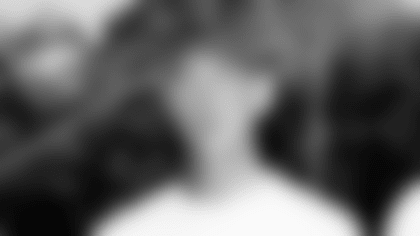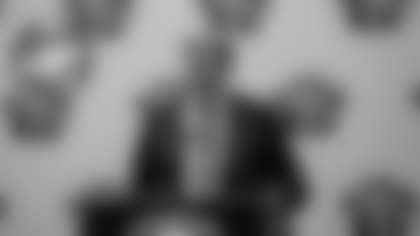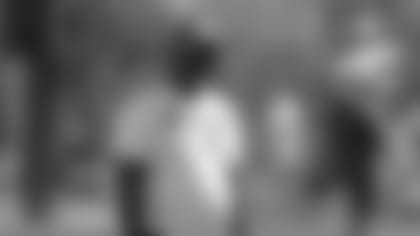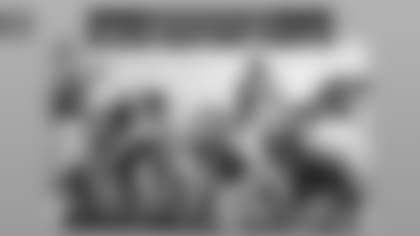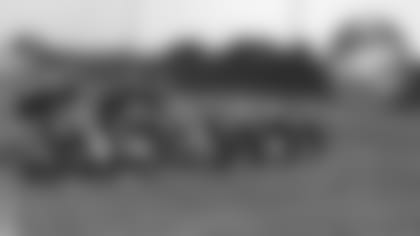The above picture is of the Legion Building in what was called Legion Park, the half block between Walnut and Cherry streets, along Jefferson Street, in downtown Green Bay.
From 1936 to 1949, the Packers used a small room there as a ticket office.
One recent book about Packers history wrote in the picture's caption how hundreds of fans would stand in line to buy tickets and even spill into the street and across the street onto the grounds of the Brown County Courthouse.
But that's entirely different from what the caption read when the Green Bay Press-Gazette ran photos of the above event in its May 18, 1942, edition.
Its caption read:
"Here is the crowd that attended memorial services for Earl Wallen, U.S. Marine, first Green Bay casualty, in front of the Legion building after Sunday's parade."
The Press-Gazette estimated at least 3,000 people attended the previous day's "I Am an American Day" parade and services.
Wallen died at Pearl Harbor and was Green Bay's first casualty of World War II. The local Sullivan Legion post, named after Green Bay's first victim of World War I, voted nearly two years later to change its name to Sullivan-Wallen.
One of the great gifts given to the Neville Public Museum and generations of residents of Brown County, as well as all history buffs, was the Otto Stiller Photo Collection.
The museum received part of the collection from Stiller and his wife in the early 1970s and the rest of it later from photographer Hank Lefebvre and his wife, and it couldn't have found a better home.
The entire collection included nearly a thousand Packers-related photos, but precious few had captions from when they were taken.
Unfortunately, as the photos passed through other hands and copies of them multiplied over the years, they were wrongly identified, many by publishers, editors and authors.
Thus, just as most history books have gotten the Packers' early history wrong, they've also included many incorrectly ID'd photos.
Here are just three examples of the more egregious mistakes. Next week, we'll offer three more.
Back to the photo at the top of this post.
Large crowds occasionally gathered in Legion Park for Packers events, including several rallies in the years shortly before the building was razed in 1958. But when the Packers used the Legion office, there was never that great a demand for tickets.
Not only is the book's caption a tall tale, but it ignores one of the most compelling stories about the Packers' decades-long struggle to survive: Their annual season-ticket drive, which started in the 1920s and basically continued through the 1950s.
Each year teams of volunteers would visit local businesses and go door-to-door trying to peddle tickets because nobody was standing in line at the Packers' ticket office. Their efforts would often result in a sellout for the Chicago Bears game, but not the others.
In 1939, a championship season, the Packers set a record by selling 2,345 season tickets for their four Green Bay games.
In 1941, the year before the above picture was taken, the Packers called an emergency meeting of business and industrial plant leaders in mid-August, hoping to double their season-ticket sales to 5,000 because they were having a hard time finding a third team beside the Bears and Detroit willing to play in Green Bay.
The next year, the Packers drew a less-than-sellout crowd of 20,007 for their opener against the Bears, despite the two teams having met in a Western Division playoff nine months earlier, and also much smaller crowds of less than 15,000 for their other two Green Bay games.
It wasn't much different in the 1950s.
Less than a month before the 1954 opener, the local "Packer Backers" invited 400 supporters to a luncheon and reached out to 6,000 businessmen because less than 14,000 tickets had been sold for the game and other NFL teams were becoming even more resistant to playing in Green Bay because of the small gates.
"We can't talk intelligently about a new stadium in our town until we start selling out the stadium we've got," executive committee member John Torinus told the crowd. "Last year the Packers didn't play before a sellout game at City Stadium."
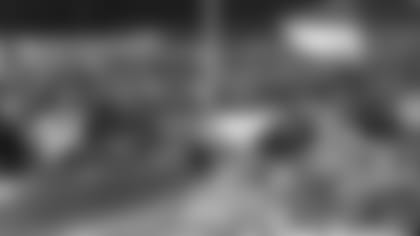
This is a photo of a welcome home reception for the Packers at the Milwaukee Road depot on Washington Street in Green Bay.
At least one book stated it was of the 1944 reception when the Packers won the NFL title by beating the Giants in New York.
That's some scoop considering Red Lewis, the owner of The Automobile Gallery in downtown Green Bay, was able to pick out a 1948 Chrysler and a 1947 or '48 Ford Coupe in the photo. Also, the depot pictured here closed in 1938 and was converted into a grocery store and meat market before reopening in late summer 1945.
In 1939, when the Packers returned home after winning the NFL title in Milwaukee, they arrived at the old Milwaukee Road freight depot to the south of the building pictured above. But in 1944, the Packers arrived home at the Milwaukee Road's Oakland Street station on Green Bay's west side.
Actually, the museum had two copies of the above photo. One was unidentified. The other, uncovered more recently, had the accurate date.
The above reception took place late at night on Nov. 14, 1948, when an estimated 3,000 fans greeted the Packers following a 7-6 loss to the Chicago Bears at Wrigley Field. Fans flocked to the station because the Packers were in the midst of a seven-game losing streak, but had put up a good fight.
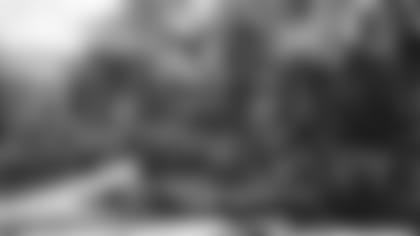
The above photo was another taken in Legion Park and incorrectly identified in numerous books. Despite what those captions said, this was not a gathering of Packers fans listening to a play-by-play of a road game before the games were broadcast on radio.
From 1921 to 1928, most Packers away games were relayed via direct wire from the ballparks where they were played back to Green Bay, where they were presented to fans on what was called a "Playograph" and later a "Gridgraph." An announcer using a megaphone provided the details of each play and the large "Playograph" or "Gridgraph" boards would show the score and other details.
The Press-Gazette promoted the gatherings beforehand with stories and ads, and then covered them on game day. They were held in Turner Hall, the old Elks Club and the Columbus Community Club.
But they were all held indoors.
The Press-Gazette owned the "Playograph" and "Gridgraph," paid for the expenses, and its employees operated the boards.
The paper also had a baseball "Playograph" (pictured in its Oct. 2, 1924 edition) and presented World Series games, as well. It also occasionally provided play-by-plays for big college football games.
Fans gathered for those events outdoors in Legion Park.
A picture very similar to the one above appeared in the Press-Gazette on Oct. 6, 1924, the day after the second game of the World Series. Keep in mind, a World Series game in the 1920s was often the top story on the front page of the Press-Gazette, whereas the Packers basically never made the front page unless they won a league championship. Baseball was that much bigger than pro football, even in Green Bay.
In a 1965 Press-Gazette story, former Packers historian Lee Remmel explained the "Playograph" operation, for both World Series and Packers games, after interviewing several old-timers at the paper who were involved in the process.
Ken Kaye, who lived a block from Legion Park, across the street from the Press-Gazette, and attended the "Playograph" sessions from the start, told me in 2003 the above picture was of a World Series game because it was outdoors.
Why would the baseball games be presented outdoors and Packers games inside?
The Press-Gazette explained once in an editorial.
It presented the World Series games as a service to its readers and, thus, fans could sit for free in Legion Park. The Packers games needed to be held indoors so an admission fee could be charged and the paper could turn all proceeds over to the team because it was "in need of every bit of financial support" it could get.
The 1924 financial statement of the Green Bay Football Corporation showed the take from "Playograph" admissions covered almost 10% of the Packers' $12,000 player payroll for the season.





